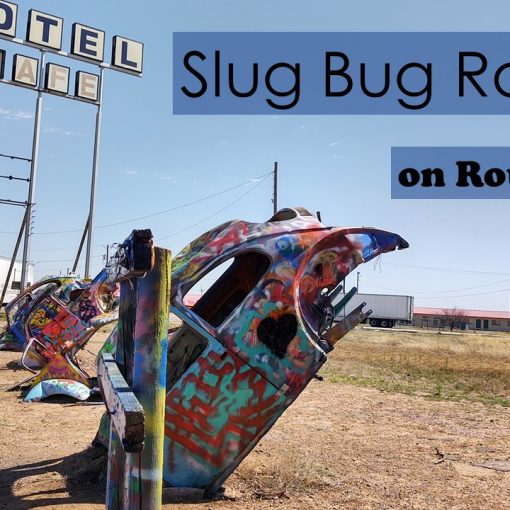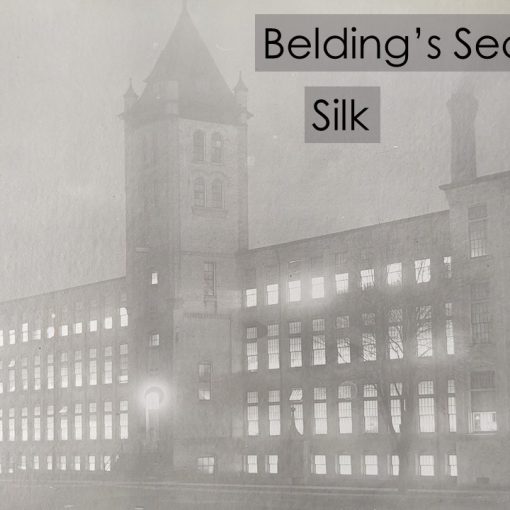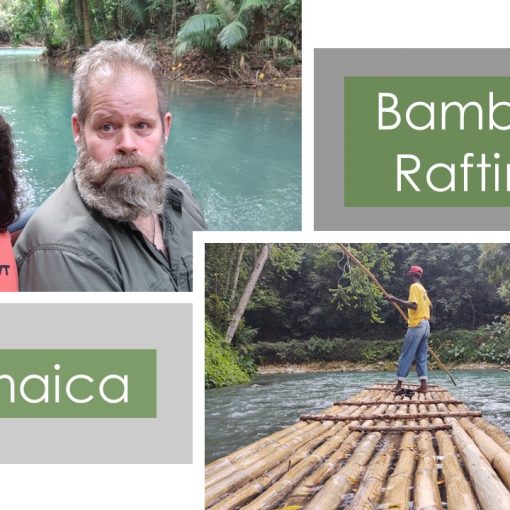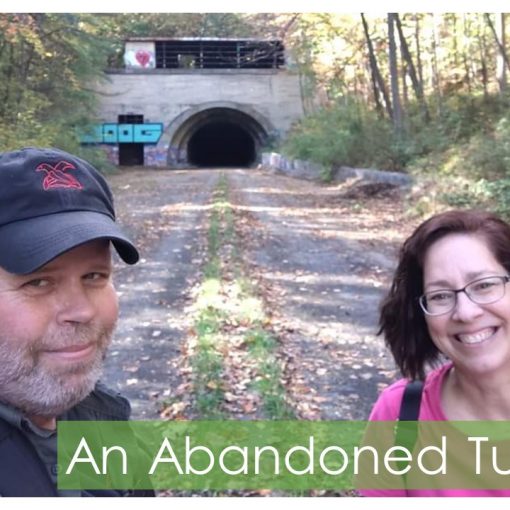50,000 years ago a 150 foot asteroid blasted into Earth’s atmosphere. Most of which burned before landing in what is now Arizona. The meteor has left an impression, so to say, on our land and in our studies of our universe. We are able to observe it and take tours along the rim at Meteor Crater and the Barringer Space Museum. Come with us for a look-see!
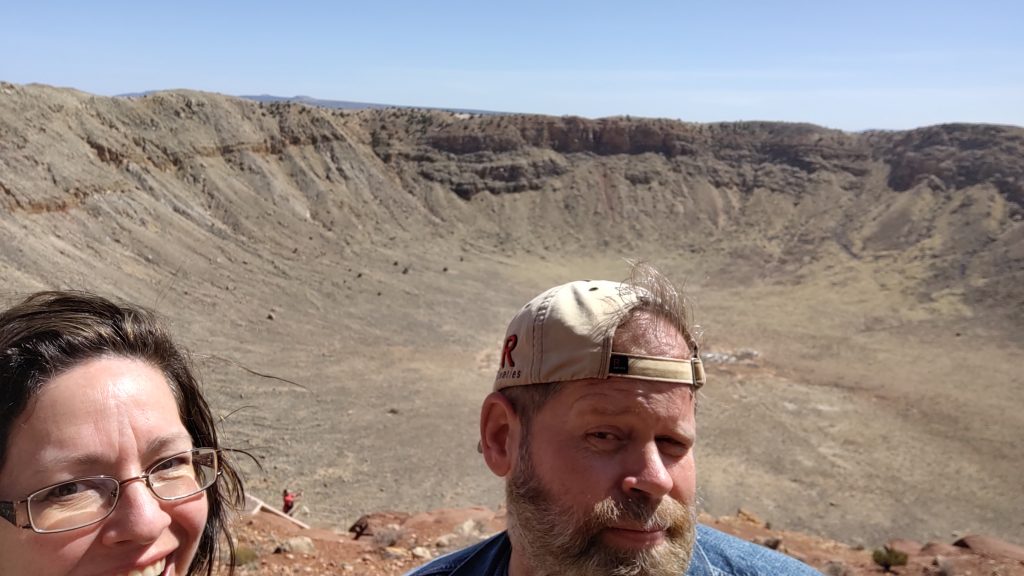
Our Caper to the Crater
From I-40 at Exit 233 (18 miles West of Winslow) we trekked three miles south across the sandy plain to The Meteor Crater and Barringer Space Museum. The facility was beautifully sculped into the landscape.
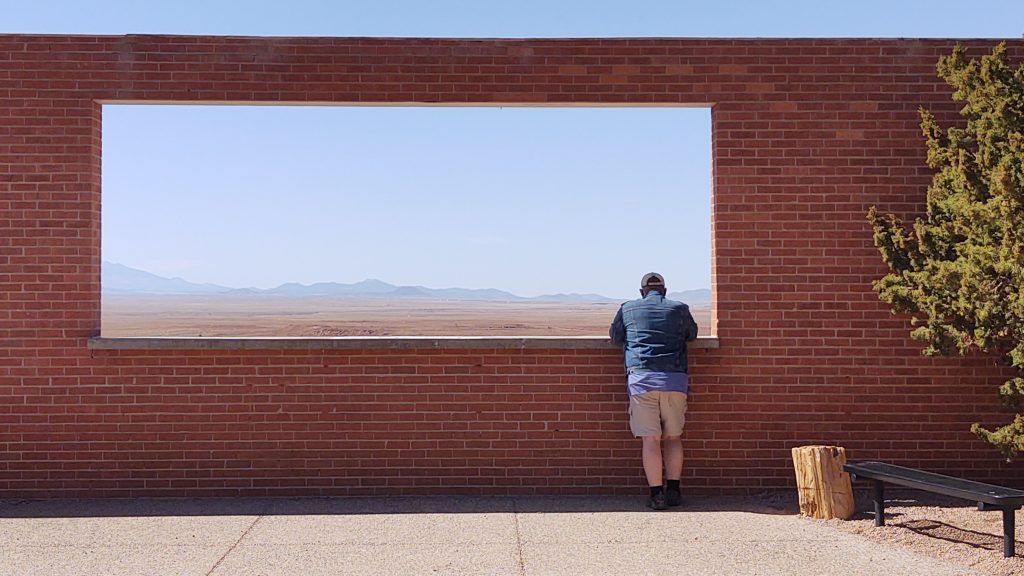
Meteor Crater is privately owned by the Barringer family through the Barringer Crater Company. The crater earned the title of a National Natural Landmark in 1967. Surprisingly, it is not a National Park. The site would need to be federally owned and funded. This is said to be the “best preserved meteorite crater on Earth.”
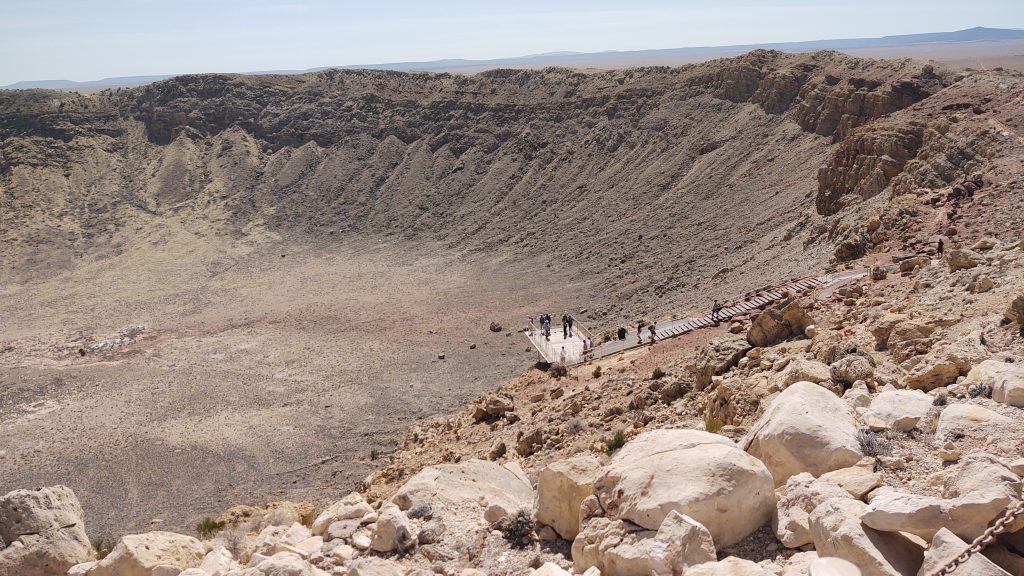
The crater is 560 feet deep with a diameter of 3,900 feet. The rim rises 148 feet above the surrounding plain.
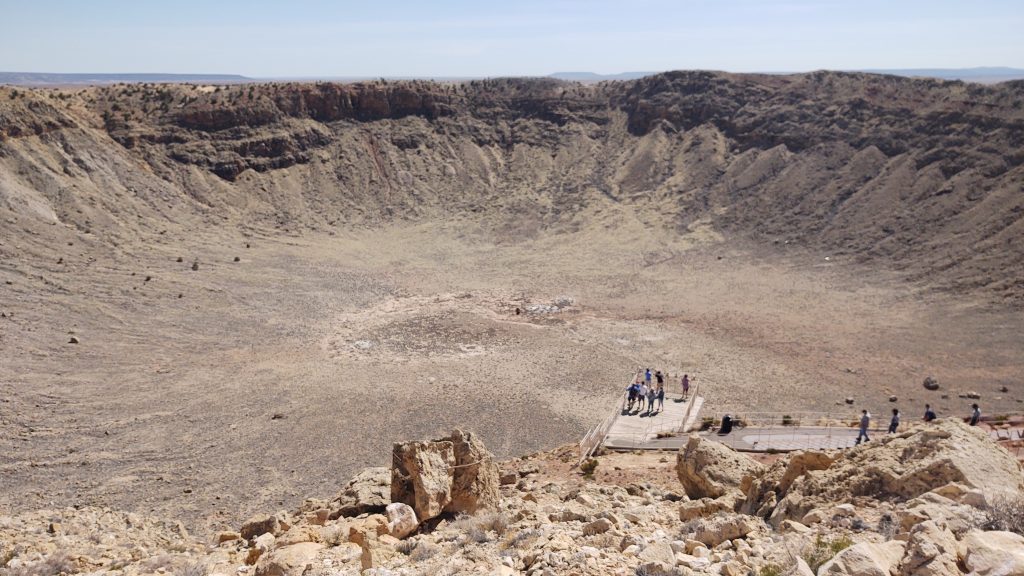
NASA’s Training Grounds
One fact that impressed me is NASA uses this land for training. Northern Arizona holds the geological secrets and volcanic terrain which is similar to the moon’s landscape. Apollo astronauts (Buzz Aldrin and Neil Armstrong, for instance) trained at Meteor Crater and surrounding locations. The Astrogeology Science Center was based in Flagstaff and has provided a blueprint for simulation trainings to prepare for their upcoming space explorations.
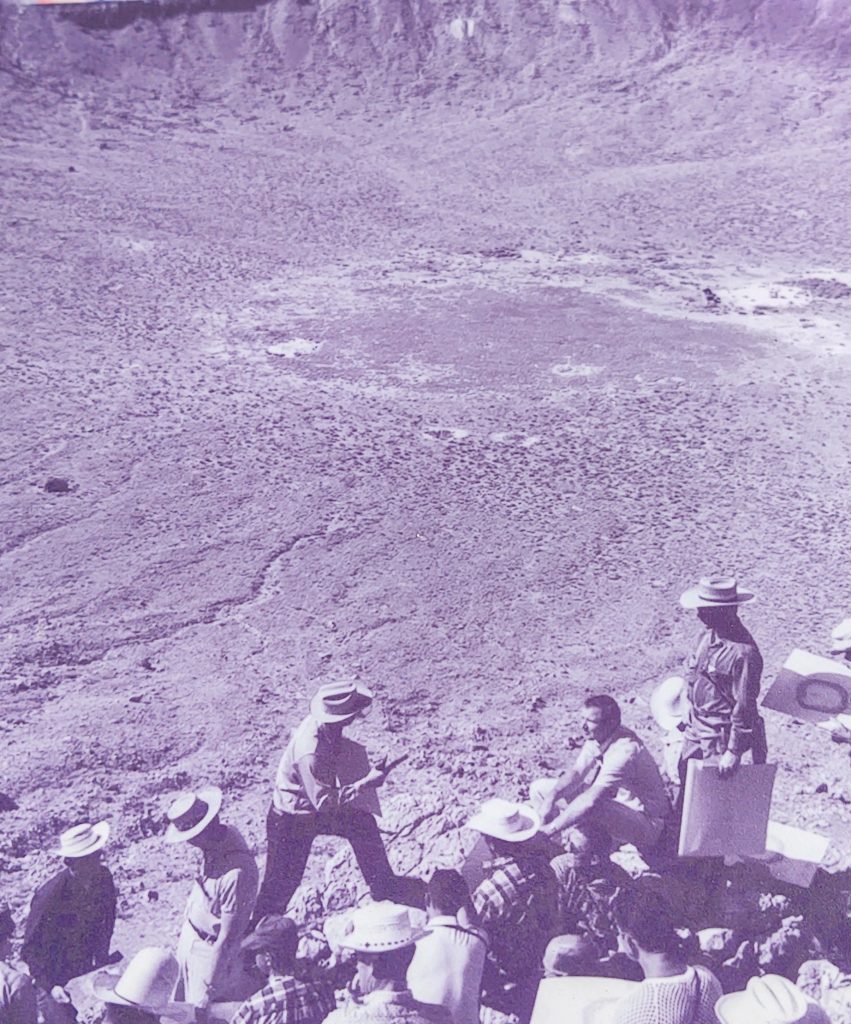
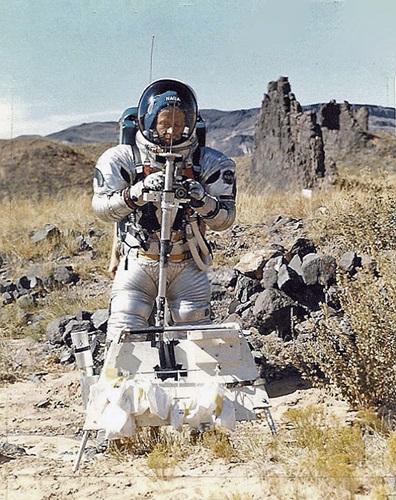
Photo Credit: Astronomy Magazine
Recent Training
In September-October 2011 post graduate college students in geology and planetary sciences were invited to sign up for “Field Training and Research.” This course was designed to train a new generation of explorers to the moon and beyond.
History
Platinum Found
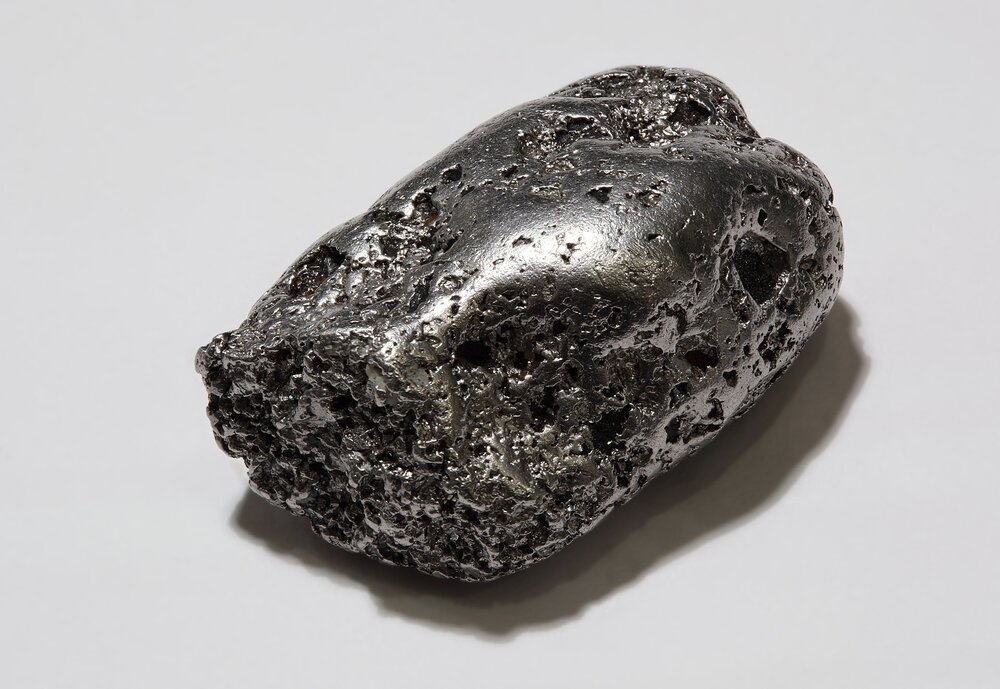
In 1886 at the settlement of Two Guns, platinum was discovered by two sheepherders. Fred W. Volz, a Navajo Indian trader, confirmed their find to be valuable. It was sold to a dealer in California for $751.00 per pound. Steve Dutch, a retired geoscience professor explained, “Platinum formed like all the heaviest elements, in supernova explosions and neutron star mergers. It was dispersed into the interstellar medium and eventually accreted into a planet. It’s present in less than one part per million abundance, still more abundant than gold.” The meteor impact created this recipe. Interestingly, most precious metals are mined in Africa and Russia.
Samples of ore were examined in 1891 by Albert E. Foote, a mineralogist. He presented the first official paper about meteorites found in Arizona to the Association for the Advancement of Science.
Controversy in Discovery
At the same time the chief geologist from the U.S. Geological Survey, Grove Karl Gilbert, believed that the crater was a result of a volcanic steam explosion, not a meteor. He argued that there would be magnetic disturbances and more samples of meteorite found at the site and along the rim.
The Standard Iron Company, headed by Daniel M. Barringer, was given a land patent/mining claim signed by Theodore Roosevelt in 1903. Barringer believed a large iron-metallic meteorite impact created the concave crater.
This square mile or 640 acres was divided into quarters and named: Venus, Mars, Jupiter and Saturn. For three years the team conducted research and concluded that a meteorite impact had occurred. In 1906 their findings were published in Proceedings of the Academy of Natural Sciences.
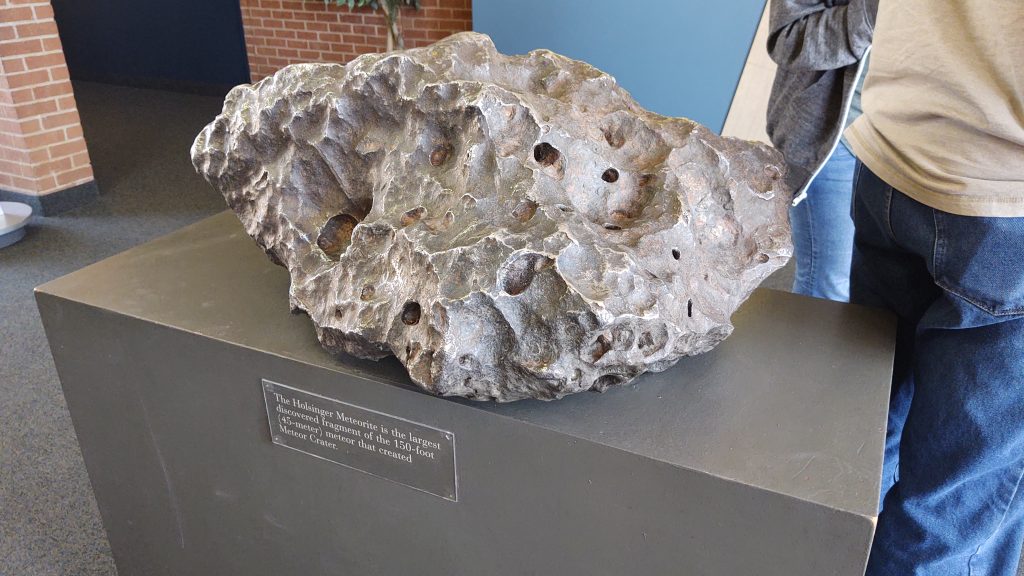
People just couldn’t accept that a meteorite would ‘evaporate.’ Skeptics continued to badger Barringer. He spent 27 years and much of his money with drilling 1,375 feet into the crater to locate precious metal deposits and to prove his theory to the public. The largest amount of ore found was much smaller than Barringer ever expected to find. (pictured above)
Harvey H. Nininger was a self-taught meteoriticist. He held the largest collection of meteorites in the 1930’s. He moved to Meteor Crater in 1942 to study and write about his findings. With his extensive research he helped to prove how an asteroid could vaporize upon impact.
The Barringer family terminated Harvey Nininger’s investigations and research in 1948 when Nininger proposed that the site should a national park and quickly earned the support of the American Astronomical Society. In spite of being banned, Nininger published his findings in “Arizona’s Meteorite Crater” in 1956. The public was finally beginning to accept the theory that a meteor created the concave bowl in the Arizona desert. However, at the Barringer Museum there is no mention of Harvey Nininger or his help in proving Barringer’s long-held meteor theory.
Eugene M. Shoemaker and Edward C. T. Chao continued research in the 1960’s building evidence that the iron meteorite had vaporized on impact. Some pieces had broken off and had been located around Canyon Diablo 20 miles away from the collision site.
Using nuclear detonations in 1962, scientists created the Sedan Crater. This demonstrated the potential energy an asteroid impact could have on the Earth. These findings also supported the theory of a meteor impact.
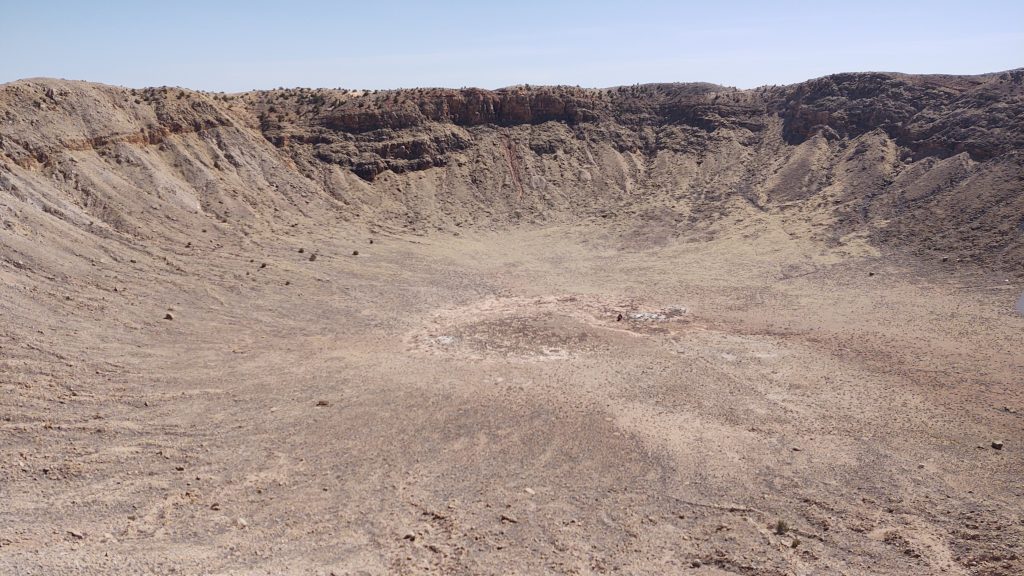
The view of this Milky-Way Masterpiece is awe inspiring! I stood humbled by the vast power of our universe. Knowing that NASA used this location for training astronauts makes me smile. I recommend Meteor Crater as a stop along Route 66!
You can now shop for Restless Viking merchandise! https://restless-viking.myshopify.com/
Resources:
https://www.quora.com/How-is-platinum-formed-in-earth
https://sservi.nasa.gov/articles/field-training-and-research-program-meteor-crater/
https://library.nau.edu/speccoll/exhibits/daysofarchives/lunar.html
https://www.providentmetals.com/knowledge-center/precious-metals-resources/geology-of-platinum.html
https://en.wikipedia.org/wiki/Meteor_Crater#cite_note-Foote_1891-24
https://library.nau.edu/speccoll/exhibits/daysofarchives/lunar.html


